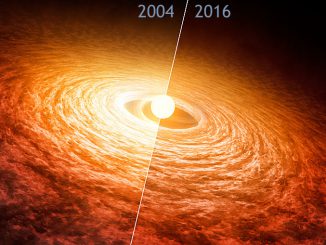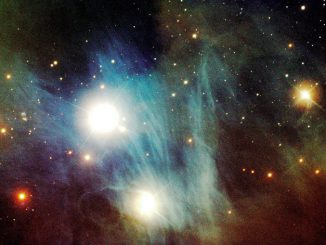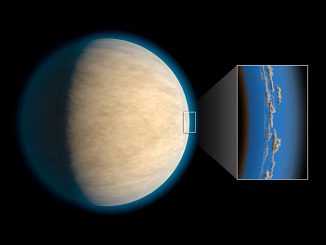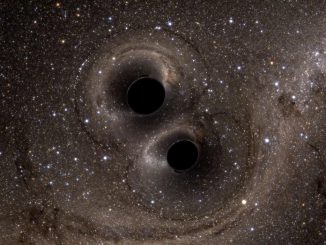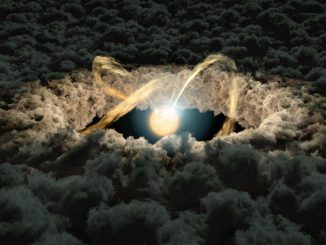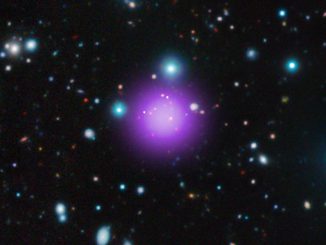
Record-breaking galaxy cluster discovered
A new record for the most distant galaxy cluster has been set using NASA’s Chandra X-ray Observatory and other telescopes. CL J1001+0220 is located about 11.1 billion light-years from Earth. The discovery of this object pushes back the formation time of galaxy clusters — the largest structures in the universe held together by gravity — by about 700 million years.

